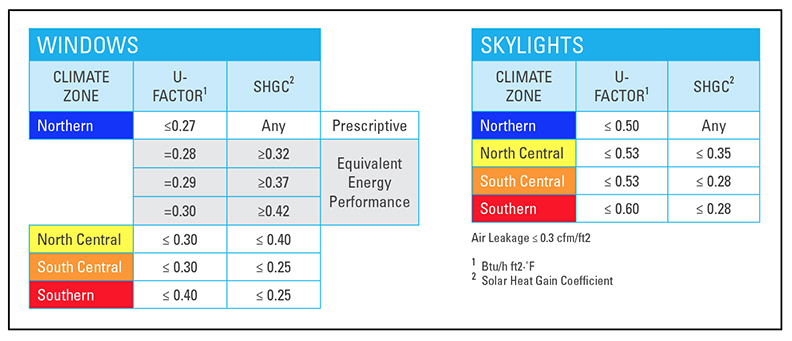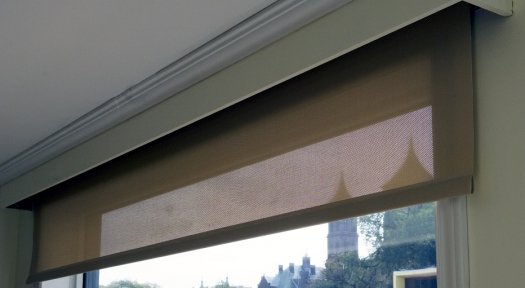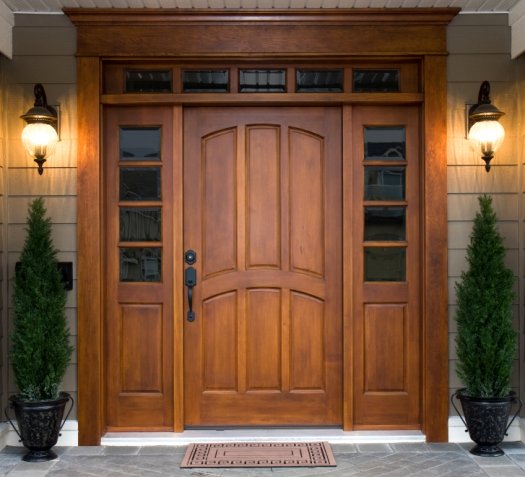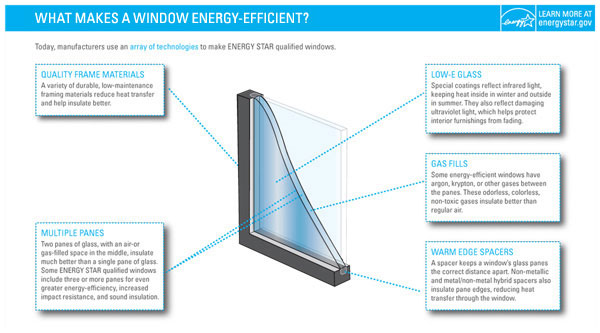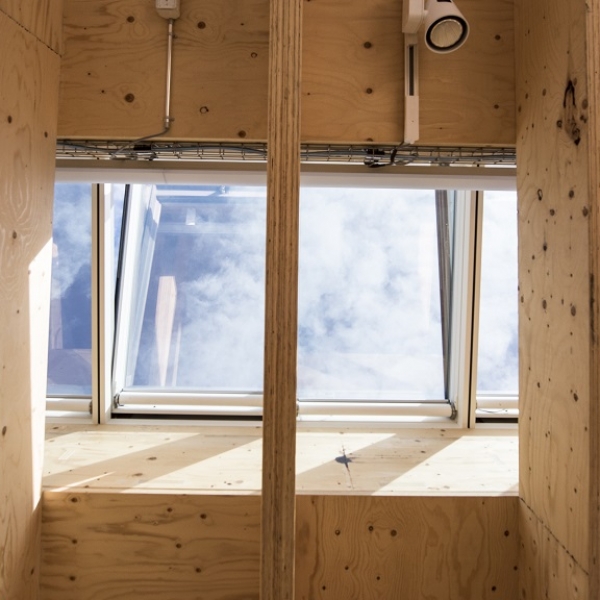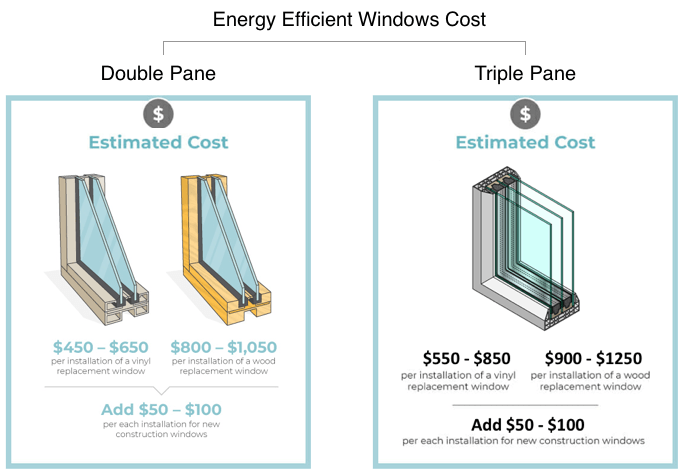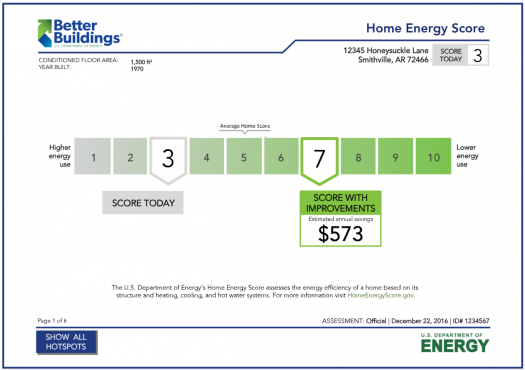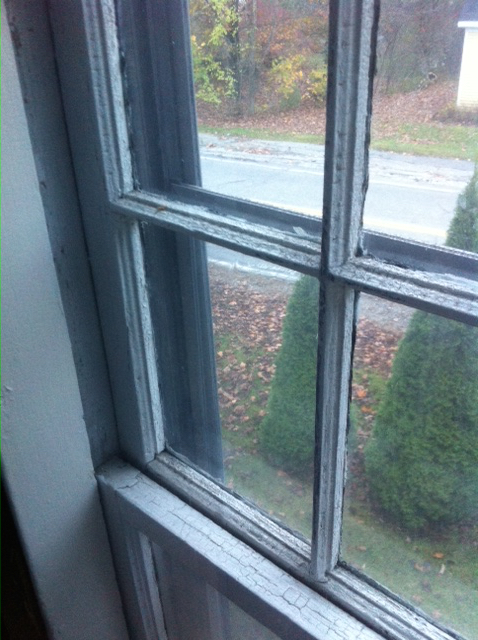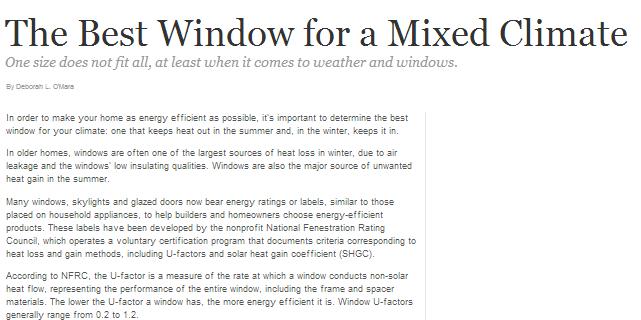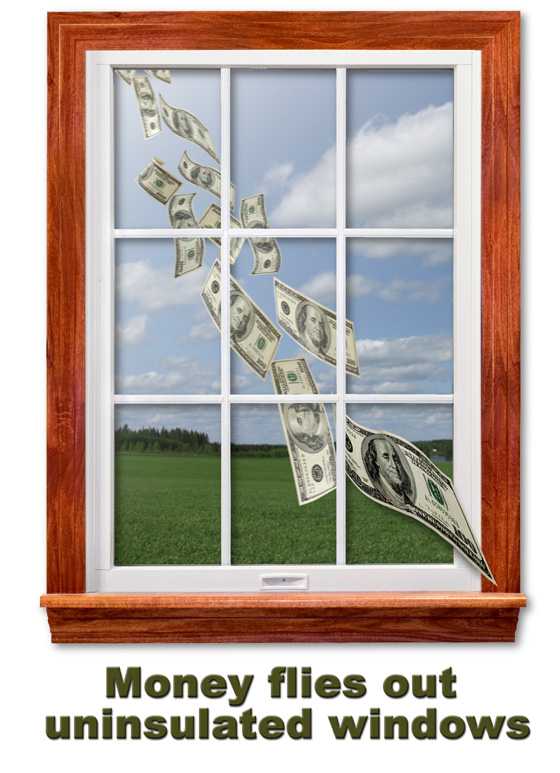If you want to stay warm during the cold days and comfortable during the hot, I recommend you get insulated windows. In addition to providing consistently pleasant temperatures throughout the year, these energy-efficient alternatives also reduce your heating and cooling bills.
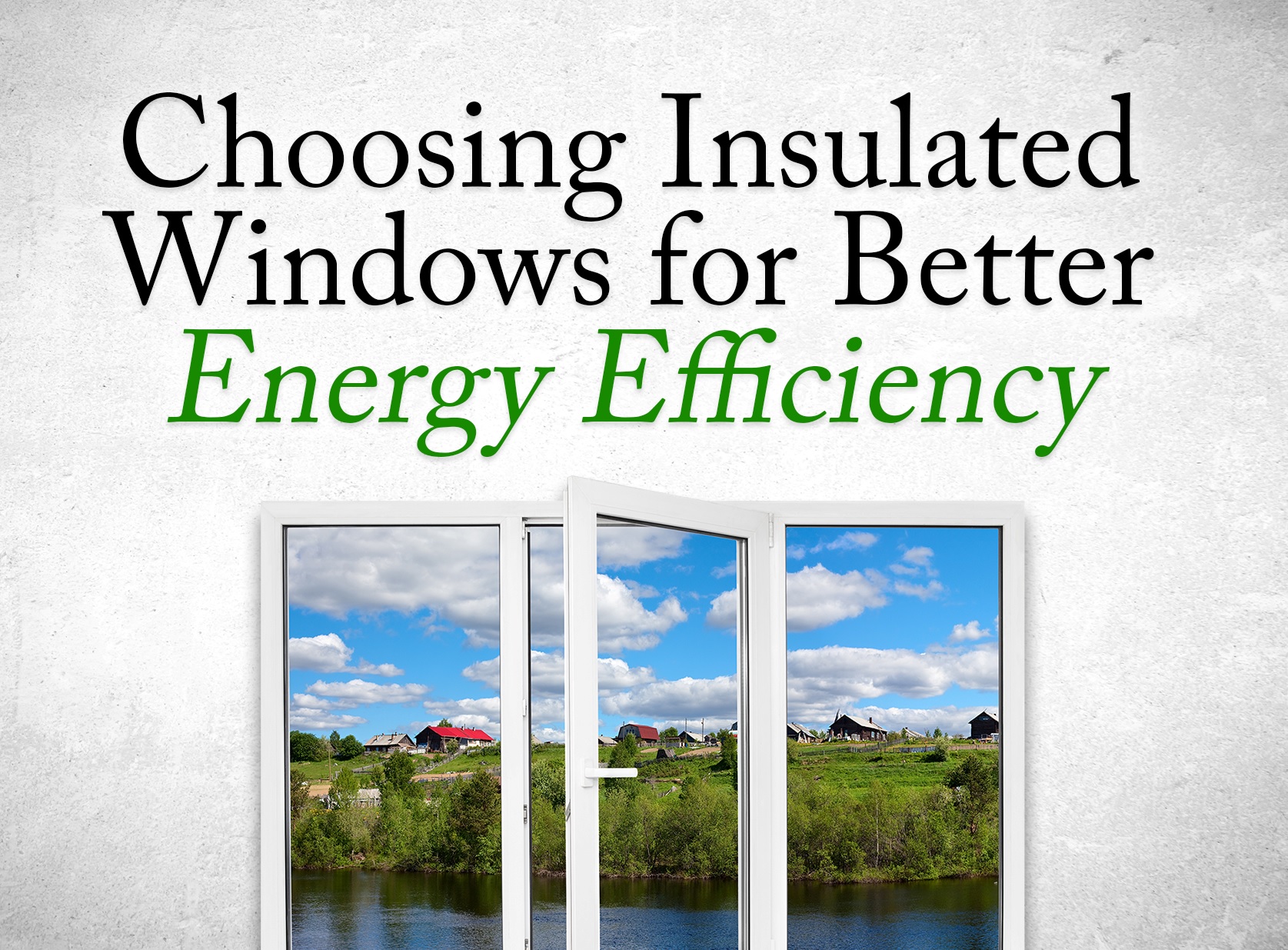
Different types of insulation provide different benefits. Some block light while others block airflow. There are also those who stop the heat transfer process. Insulated windows are also less likely to lead to condensation problems, unlike non-insulated alternatives.
Read on to learn more about the types of insulated windows and the factors that you must consider when looking for them.
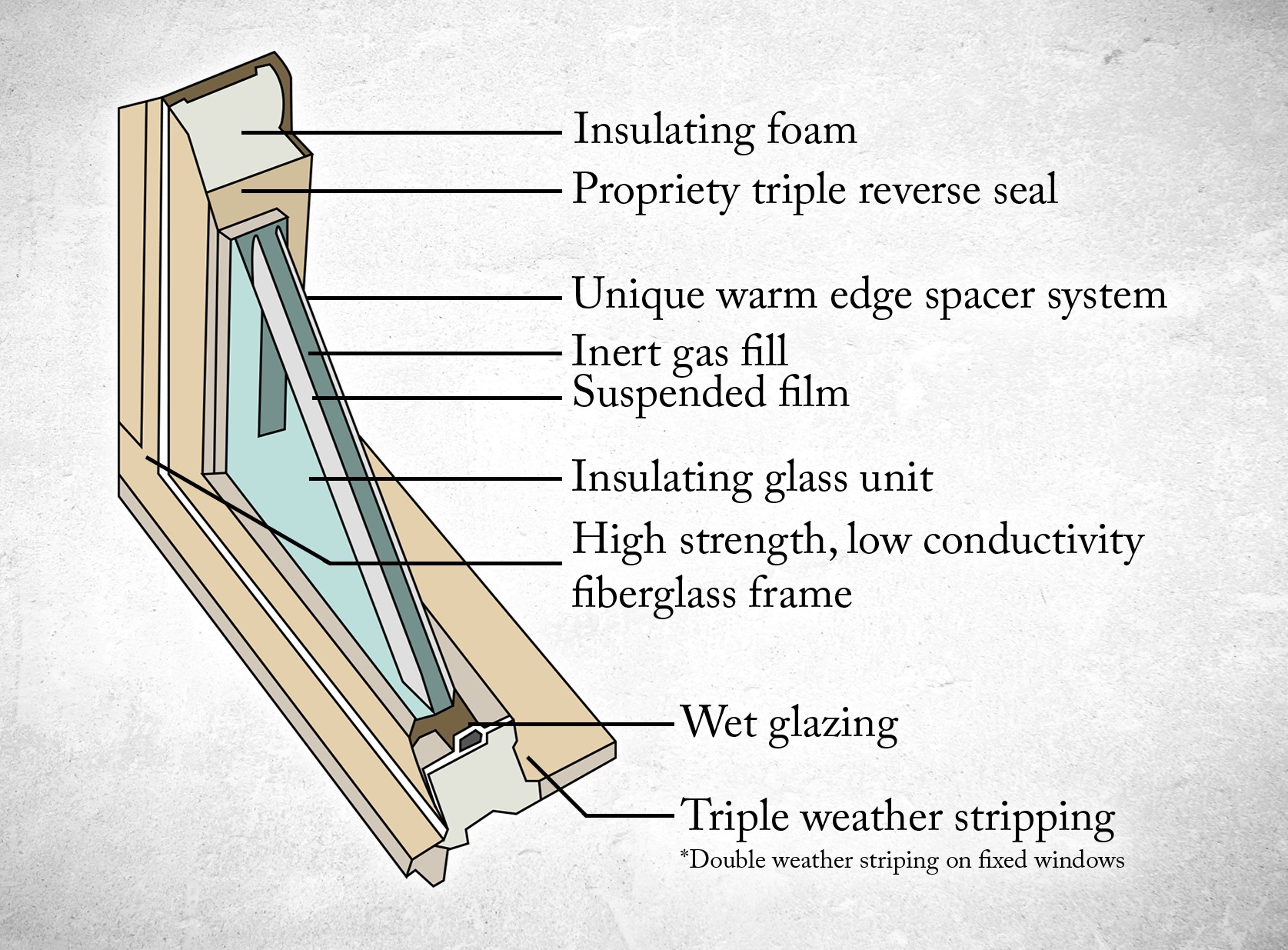
Types of insulated windows
A basic understanding of how each type of insulated window differs from another will help you choose the right one for your home.
Tinted glass
In this type, the glass is stained slightly to reduce the amount of heat absorption while reducing the glare. Windows that have a shade of gray or bronze can block both heat and light, making a room darker. At the same time, green and blue shades block the heat without keeping the light out. It is best to avoid darker color colors as they can make a room really dark without giving much benefit.
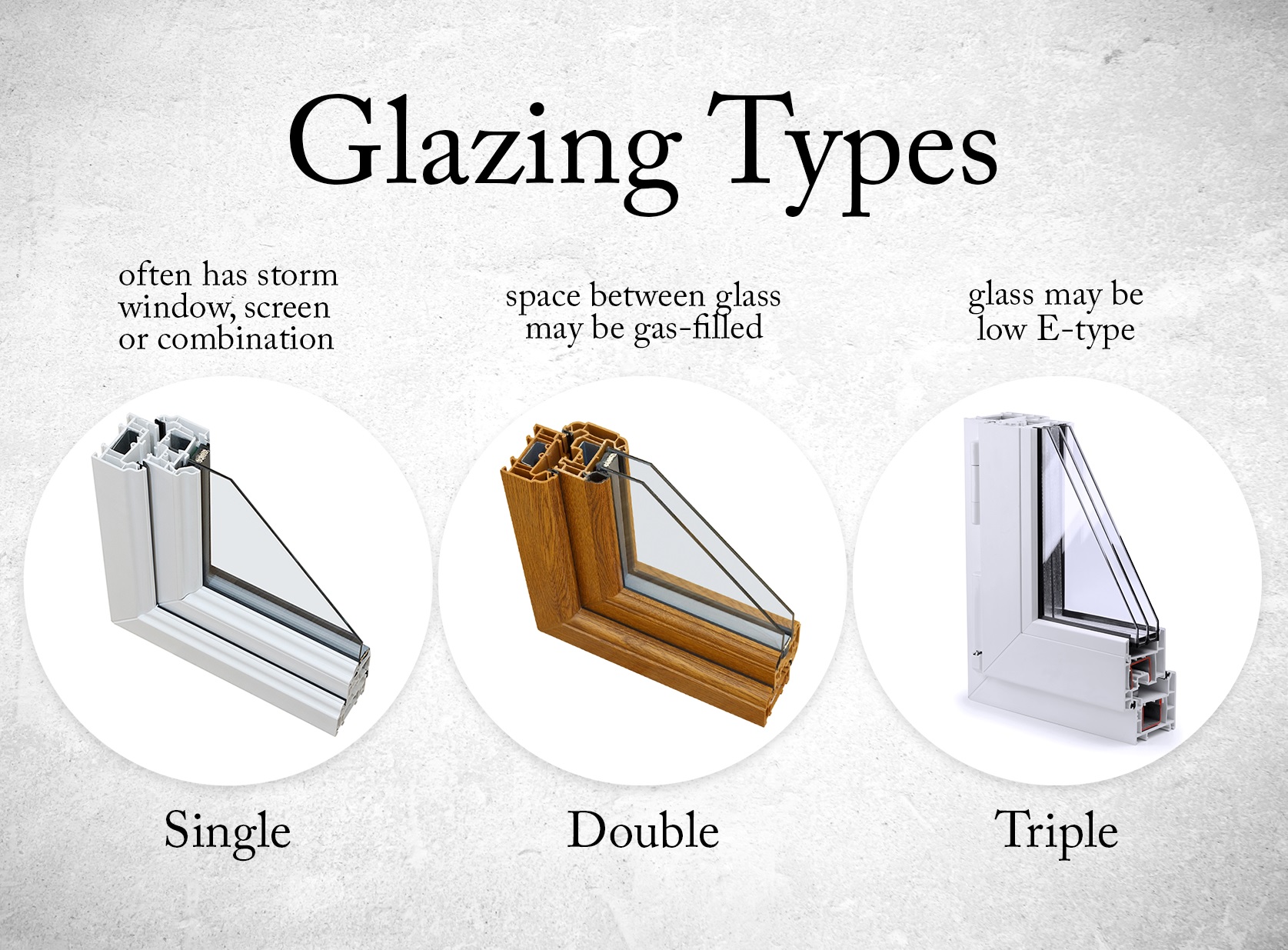
Double and triple glazed
These are made of two (double glazed) or three (triple) glass panes which have an air space between them. The boxes are usually only a few millimeters apart and are sealed to catch air inside. The trapped air acts as a barrier that reduces the amount of heat absorbed and transmitted through the window. Heat transfer is measured by the "U-factor." The lower the number, the more energy efficient the widow is. Some manufacturers lower the U-factor by adding inert gases such as argon and xenon, instead of regular air between the window panes.
Reflective coatings
As the term suggests, reflective coatings are those that make the window look mirror-like on the outside. They are available in bronze, silver and gold. These coatings do a good job of stopping glare and preventing heat transfer. But they also block a huge amount of light, making it ideal for use in offices and industrial buildings. To get the most out of the benefits, an efficient lighting system should be in place. Otherwise, the savings from blocking heat will only be spent on energy used for lighting.
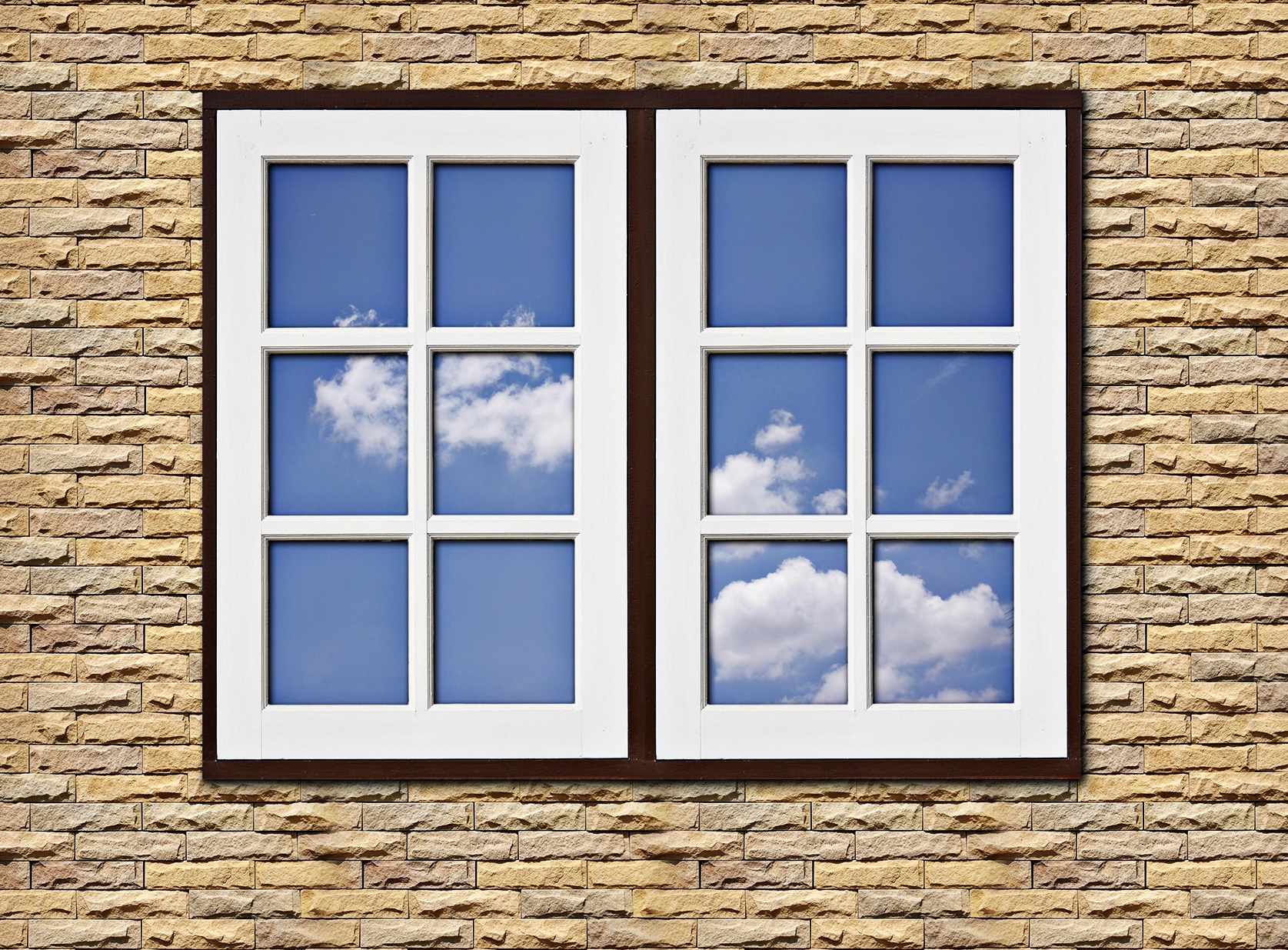
Low emissivity coatings
Also known as low-e coatings, these are thin layers of metal or metal oxide applied to window glass panes. They are known to be more efficient than air or gas pockets between the windows when it comes to preventing heat transfer and can reduce energy loss by up to 50 percent. Some low-e coatings allow certain types of light to enter. However, some types do not, which blocks natural light.
Factors to consider when choosing isolated Windows
When choosing windows for your home, I suggest you look at the thermal features associated with each product. This will help you make a better energy efficient and long-term investment.
Several boxes – Double-glazed windows insulate twice as well as windows with one window. Of course, triple windows have more insulating power.
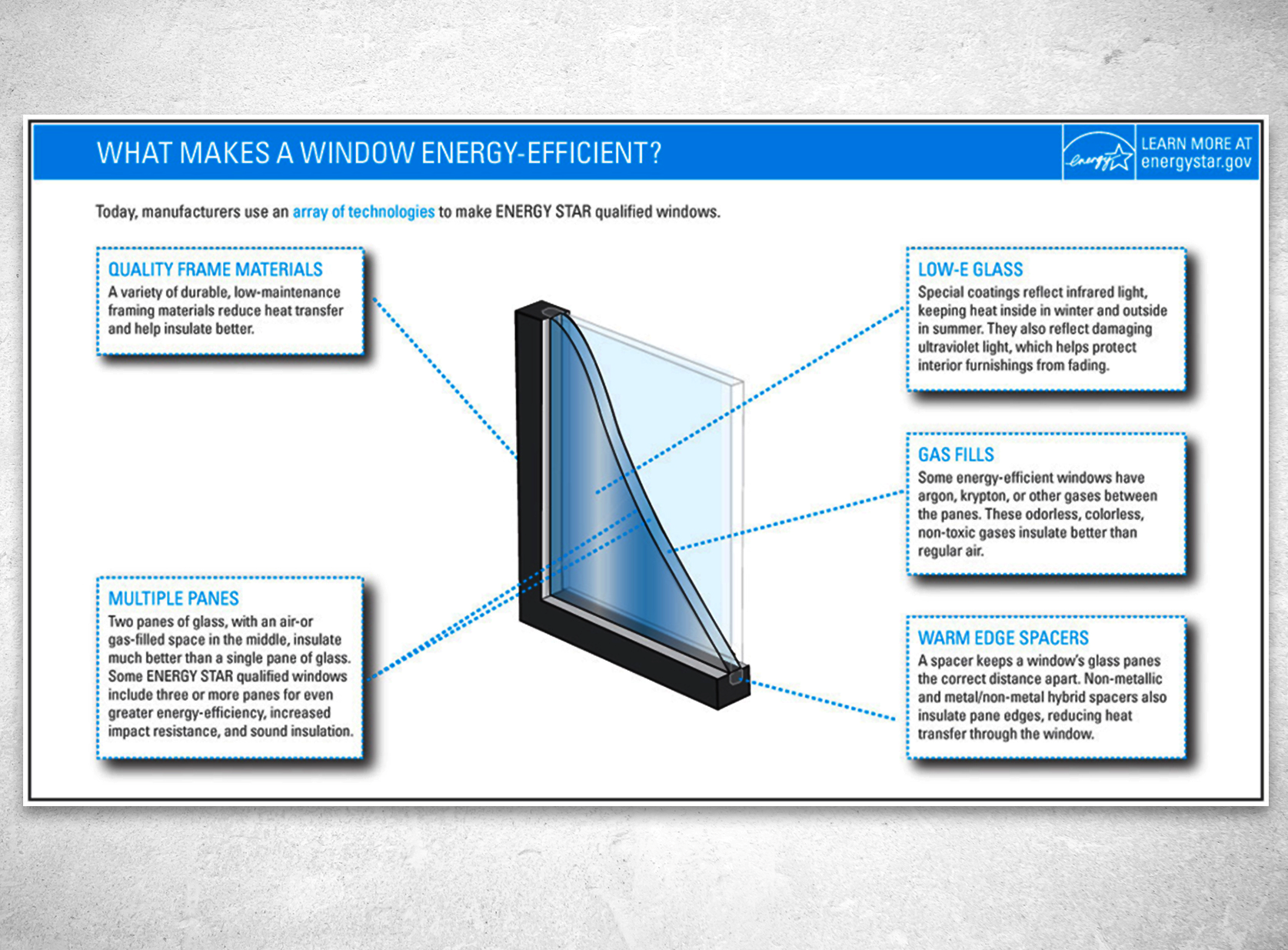
Gas between the windows – It is best to choose windows that have argon or krypton gas between the panes. Krypton is often used in thinner windows with multiple panes. Argon, on the other hand, insulates almost as efficiently as krypton and costs less.
Frame construction – The window frame is said to account for about 15 percent of the energy loss, which makes it a decisive factor when shopping for windows. Non-urethane aluminum windows are a poor choice because they have high conductivity levels. A wise choice would be fiberglass, as it is the most durable material available for window frames while offering effective insulation.
window coating – Windows that have a thin layer of metal oxide on the windows are good alternatives. They allow sunlight to enter, allowing you to enjoy natural lighting while reflecting off harmful infrared radiation.
Author Bio:
Jim Krantz is a professional entrepreneur and author for the renewal of Andersen from Colorado Springs. He is always focused on delivering the best customer experience, the highest quality of windows and doors and the best value. When he's not busy working, he loves to share his ideas with other people by blogging.
